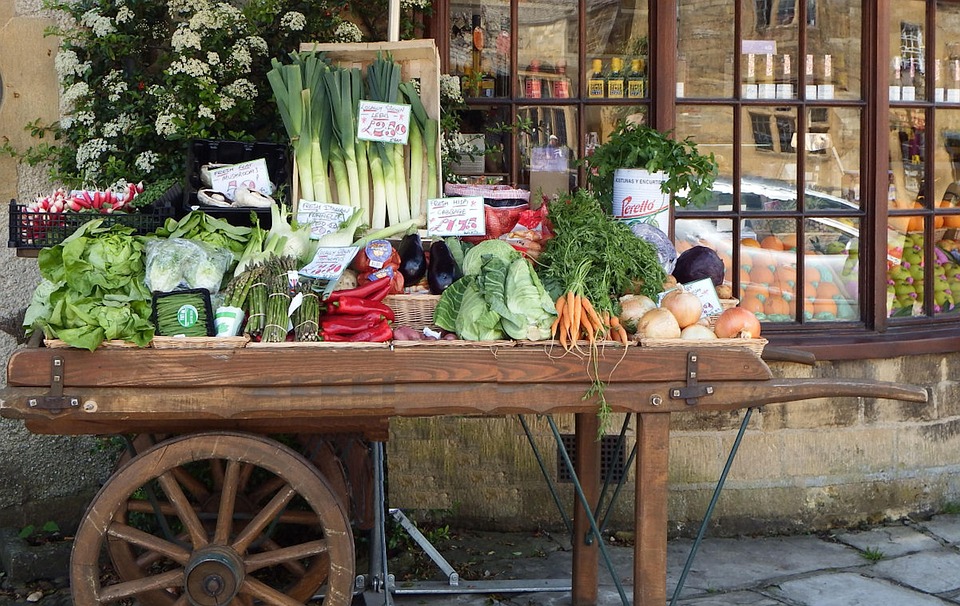The State of the Global Grocery Retail Industry in 2025: Trends, Challenges, and Opportunities
The grocery retail industry is constantly evolving, adapting to changing consumer preferences and technological advancements. In 2025, supermarkets are facing fierce competition for millennial and Gen Z shoppers who have unique demands and expectations. In this report, we will explore how supermarkets are competing for these key demographics and the strategies they are implementing to stay ahead in the market.
The Rise of Millennial and Gen Z Shoppers
Millennials and Gen Z shoppers have grown up in a digital age and are accustomed to convenience, personalization, and sustainability. They value experiences over products and are willing to pay more for items that align with their values. According to a recent study, millennials and Gen Z consumers make up over 50% of the global population and have a combined spending power of over $3 trillion.
Changing Consumer Preferences
Millennial and Gen Z shoppers are driving a shift in consumer preferences towards healthier, organic, and locally sourced products. They are more environmentally conscious and are looking for retailers that prioritize sustainability and ethical sourcing practices. Supermarkets are responding to these demands by expanding their organic and natural food offerings and partnering with local farmers and producers.
Digital Transformation
To cater to tech-savvy millennials and Gen Z shoppers, supermarkets are investing in digital technologies to enhance the shopping experience. Online grocery shopping, click-and-collect services, and mobile payment options are becoming increasingly popular among younger consumers. Supermarkets are also leveraging data analytics and AI to personalize recommendations and promotions for individual customers.
Competition from E-commerce Giants
E-commerce giants like Amazon and Alibaba are disrupting the traditional grocery retail market by offering convenient online shopping options and fast delivery services. Supermarkets are facing tough competition from these tech giants and are striving to differentiate themselves by focusing on the in-store experience, customer service, and community engagement.
Strategies for Competing with Millennial and Gen Z Shoppers
Supermarkets are adopting various strategies to attract and retain millennial and Gen Z shoppers in a competitive market. Some of the key strategies include:
1. Personalization and Customization
Supermarkets are leveraging customer data to personalize the shopping experience and offer tailored product recommendations. Personalized promotions, loyalty programs, and in-store experiences are designed to appeal to the preferences and values of millennial and Gen Z shoppers.
2. Sustainability and Ethical Sourcing
To meet the growing demand for sustainable and ethically sourced products, supermarkets are partnering with local farmers, implementing eco-friendly packaging, and promoting fair trade practices. By emphasizing their commitment to sustainability, supermarkets are attracting environmentally conscious millennial and Gen Z shoppers.
3. Innovation and Technology
Supermarkets are embracing technology to enhance the shopping experience and streamline operations. Self-checkout kiosks, mobile apps, and digital signage are just a few examples of how supermarkets are leveraging technology to cater to younger consumers. Virtual reality shopping experiences and AI-powered chatbots are also being explored to engage millennial and Gen Z shoppers.
4. Community Engagement
Supermarkets are focusing on building strong community relationships to create a sense of belonging and loyalty among millennial and Gen Z shoppers. Local events, cooking classes, and charity initiatives are some of the ways supermarkets are engaging with their customers and fostering a sense of community.
Case Study: Whole Foods Market
As one of the leading natural and organic food retailers, Whole Foods Market has successfully attracted millennial and Gen Z shoppers with its focus on sustainability, quality, and community engagement. The company has implemented various strategies to compete in the market, including:
– Expanding its organic and natural food offerings
– Partnering with local farmers and producers
– Implementing eco-friendly packaging and sustainable practices
– Offering personalized recommendations and promotions through its mobile app
– Hosting community events and cooking classes
Whole Foods Market’s commitment to sustainability and ethical sourcing has resonated with millennial and Gen Z shoppers, making it a popular choice among environmentally conscious consumers.
Conclusion
In conclusion, supermarkets are facing intense competition for millennial and Gen Z shoppers who have unique preferences and expectations. By adopting strategies that focus on personalization, sustainability, innovation, and community engagement, supermarkets can attract and retain younger consumers in a rapidly evolving market. It is crucial for supermarkets to stay agile and responsive to changing consumer trends to remain competitive and thrive in the future.
For more information on the state of the global grocery retail industry in 2025, visit: CulinaryCoverage.com


